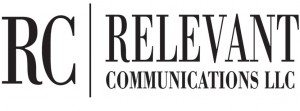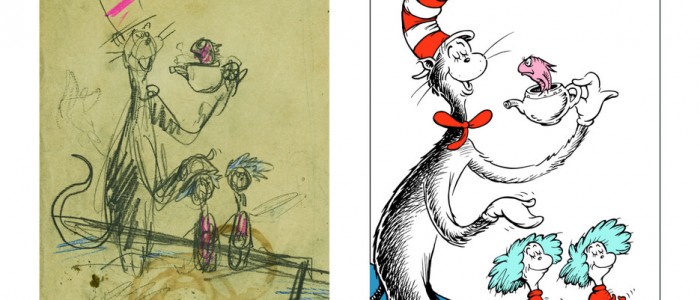Condé Nast Traveler: First Look: “INGENIOUS! The World of Dr. Seuss” at the San Diego History Center
Reprinted from Condé Nast Traveler
A new exhibit at the San Diego History Center looks at the life and work of Dr. Seuss, including famous characters like the Cat in the Hat, as well as his early advertising work.
Though born in Springfield, Massachusetts, Theodor Geisel—a.k.a. Dr. Seuss—called San Diego’s La Jolla neighborhood home for more than four decades. “For 43 years, Dr. Seuss’s daily inspiration was his studio’s Pacific vista—a spectacular, 180-degree panorama of the coastline from Oceanside to Mexico,” says The Art of Dr. Seuss curator Bill Dreyer. “The majority of Dr. Seuss’s children’s books, from 1948 to 1990, were written and illustrated in his hilltop sanctuary, constantly in sight of this dazzling spectacle of nature.”
But inspiration is a two-way street. And on November 22nd, the San Diego History Center will pay tribute to the artist who gave the world so much with “INGENIOUS! The World of Dr. Seuss,” a family-friendly—and fun-filled—exhibition featuring work that dates back to the 1920s, including some of Geisel’s earliest Life magazine drawings, editorial and advertising work, and pieces from his “Secret Art” collection—many pieces of which have rarely, if ever, been seen before. “Many of Ted’s Secret Art paintings were also created looking out at this oceanic spectacle, including two major seaside paintings that directly reflect his wide range of artistic moods,” says Dreyer, who explains that San Diego played a major part in Geisel’s artistic legacy. “From his La Jolla Birdwomen paintings to surrealist depictions of the Hotel del Coronado to graceful seascapes from his studio’s ocean view, San Diego is central to much of his work.”
™ & © 2014 Dr. Seuss Enterprises, L.P. All Rights Reserved
The exhibition, which runs through the end of 2015, will also include a full calendar of family activities based on themes that were most important to Geisel, including the family, community-building, the environment, and literacy. Celebrity readers will be on hand for a monthly series in the Dr. Seuss reading nook.
One major highlight? “Dr. Seuss’s inimitable Collection of Unorthodox Taxidermy is unquestionably one of the gems of the exhibition,” says Dreyer. “In the 1930s, Dr. Seuss used real beaks, horns, and antlers to create what he thought these deceased animals from the zoo would want to be reincarnated as. Shortly after Ted created this unique collection of artworks, Look Magazine dubbed Dr. Seuss ‘The World’s Most Eminent Authority on Unheard-Of Animals.’ To this day, Ted’s Collection of Unorthodox Taxidermy remains as some of the finest examples of his inventive and multidimensional creativity.”


Comments are closed.